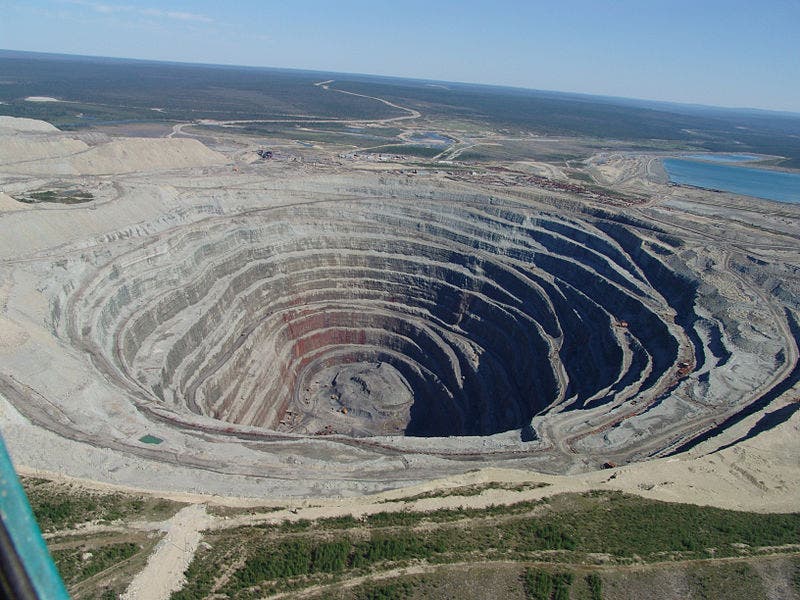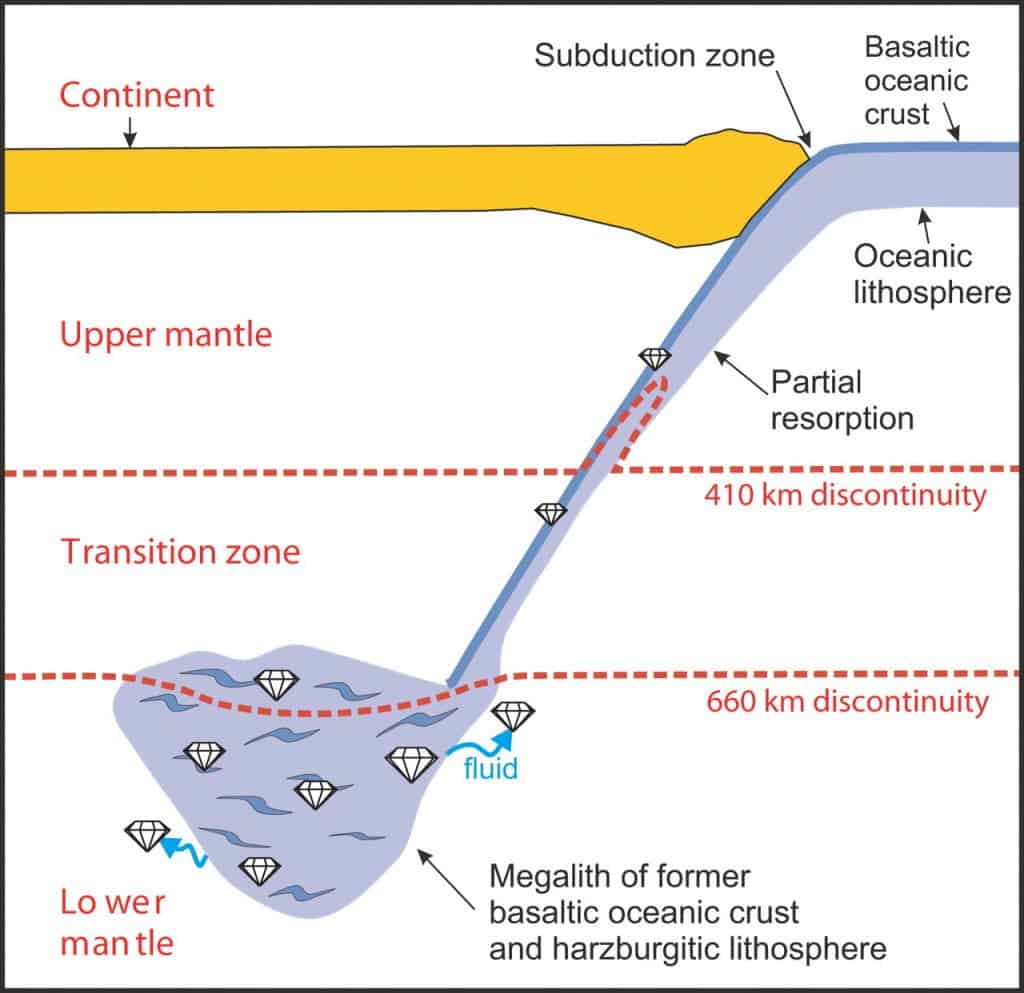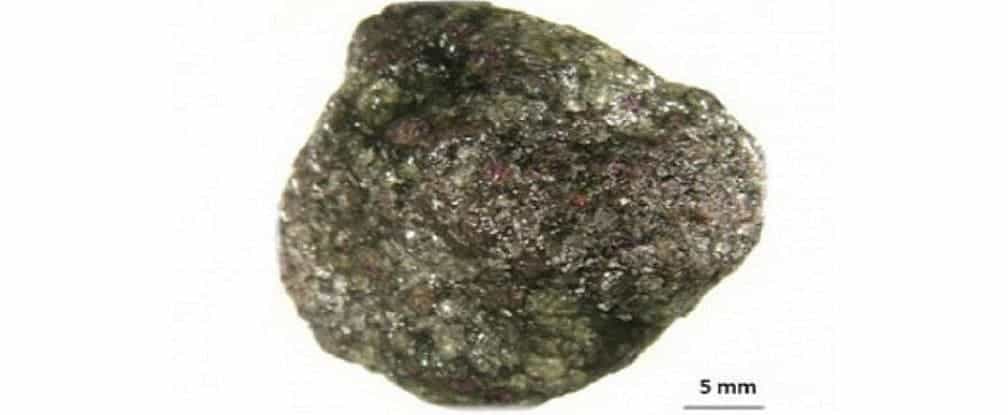Do you fancy diamonds? If the answer is ‘yes’, then you’ll absolutely love this rock extracted from a Russian mine. The rock is littered with over 30,000 diamonds, something which is extremely rare and may yield valuable information about how diamonds form in natural conditions.
What’s unlucky for gem sellers was very fortunate for researchers – because the tiny diamonds are so small, they are pretty much worthless as gems, so they donated the rock for study. Hurray for science!
The rock was extracted from the huge Udachnaya pipe, an open-pit mine located in Russia, just outside the Arctic circle. It’s one of the biggest diamond mines in Europe and in the world. The results were reported by geologist Larry Taylor from the University of Tennessee this week at the American Geophysical Union’s annual meeting.
“The exciting thing for me is there are 30,000 itty-bitty, perfect octahedrons, and not one big diamond,” said Taylor at the meeting. “It’s like they formed instantaneously.”

Even thought the diamonds are so small, the concentration of diamonds in the ore is humongous: million times more than usually. This remarkable association of diamonds and other minerals will hopefully reveal the exact chemical reactions which lead to the formation of diamonds on Earth – which are still a mystery. Taylor said:
“The associations of minerals will tell us something about the genesis of this rock, which is a strange one indeed. The [chemical] reactions in which diamonds occur still remain an enigma,” Taylor told Live Science.
Although highly regarded as the a gem and extracted for this purpose for centuries, we still don’t know exactly how diamonds form. According to our current understanding, diamonds are formed at high temperature and pressure at depths of 140 to 190 kilometers (87 to 118 mi) in the Earth’s mantle. Carbon-containing minerals provide the carbon source, and the growth occurs over extremely long periods from 1 billion to 3.3 billion years! Diamonds are then brought close to the Earth’s surface through deep volcanic eruptions by a magma, which cools into igneous rocks known as kimberlites and lamproites. The heat destroys most of the material surrounding the diamonds, but the diamonds still resist. There are also ways of creating artificial diamonds, but the exact chemistry still eludes us.

But while you do see several diamonds on the same rock, you almost never find a rock with so many. Working with researchers at the Russian Academy of Sciences, Taylor analysed the rock using an industrial X-ray tomography scanner to figure out how it ended up with such a staggering amount of diamonds and remained intact when it was raised to the surface.
“The clear crystals are just 0.04 inches (1 millimetre) tall and are octahedral, meaning they are shaped like two pyramids that are glued together at the base,” says Oskin. “The rest of the rock is speckled with larger crystals of red garnet, and green olivine and pyroxene. Minerals called sulphides round out the mix. A 3D model built from the X-rays revealed the diamonds formed after the garnet, olivine and pyroxene minerals.”
The minerals also had some exotic material included in their structure. These inclusions were once fluids that seeped out of the Earth’s oceanic crust when one tectonic plate crashed onto another. These fluids crystallized and became an integral part of the diamonds, much deeper in the earth and much, much later. This is either a very strange and unusual formation, or…
“[The source] could be just a really, really old formation that’s been down in the mantle for a long time,” Sami Mikhail from the Carnegie Institution for Science in the US, who was not involved in the research, told Live Science.







